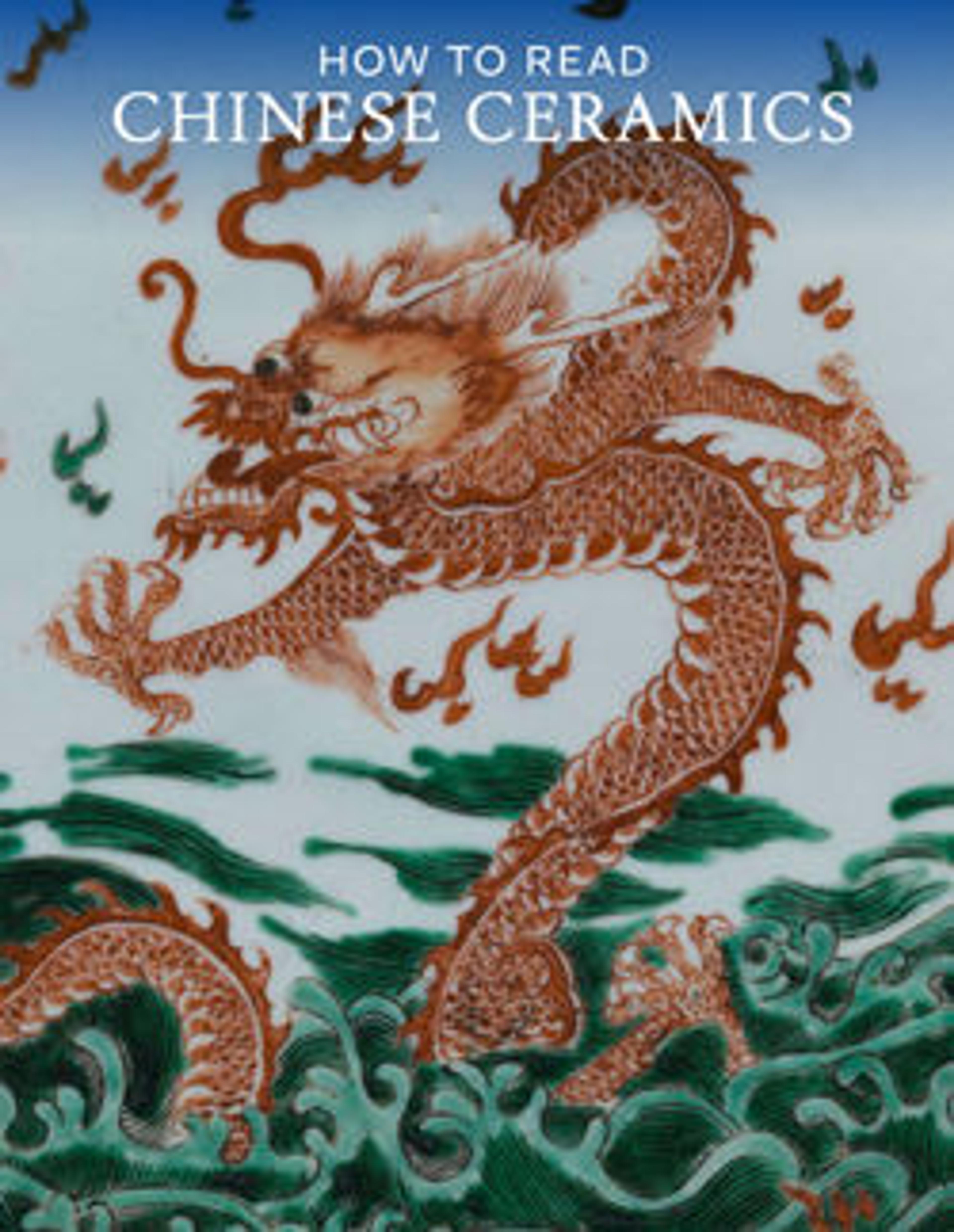Bodhidharma in meditation
Chinese white porcelain reached another summit during the seventeenth century in Dehua, a hilly region in the southeast coastal province of Fujian. The porcelain from the Dehua kilns is characterized by a thick, lustrous, clear glaze over an ivory-white paste body. Depicting the monk credited with founding the Chan (Zen in Japanese) sect of Buddhism, this sculpture perfectly illustrates these characteristic features of Dehua ware.
Widely exported to Europe in the seventeenth and eighteenth century, Dehua white porcelain is generally referred to by French term blanc de chine, or “China white,” in Western writing.
Widely exported to Europe in the seventeenth and eighteenth century, Dehua white porcelain is generally referred to by French term blanc de chine, or “China white,” in Western writing.
Artwork Details
- 明晚期 德化窯白瓷達摩坐像
- Title:Bodhidharma in meditation
- Period:Ming dynasty (1368–1644)
- Date:17th century
- Culture:China
- Medium:White porcelain with transparent glaze (Dehua ware)
- Dimensions:H. 11 3/4 in. (29.8 cm); W. 7 1/2 (19 cm); D. 5 1/2 in. (14 cm)
- Classification:Ceramics
- Credit Line:Gift of Mrs. Winthrop W. Aldrich, Mrs. Arnold Whitridge, and Mrs. Sheldon Whitehouse, 1963
- Object Number:63.176
- Curatorial Department: Asian Art
Audio
7436. Chan Patriarch Bodhidharma
0:00
0:00
We're sorry, the transcript for this audio track is not available at this time. Please email info@metmuseum.org to request a transcript for this track.
More Artwork
Research Resources
The Met provides unparalleled resources for research and welcomes an international community of students and scholars. The Met's Open Access API is where creators and researchers can connect to the The Met collection. Open Access data and public domain images are available for unrestricted commercial and noncommercial use without permission or fee.
To request images under copyright and other restrictions, please use this Image Request form.
Feedback
We continue to research and examine historical and cultural context for objects in The Met collection. If you have comments or questions about this object record, please contact us using the form below. The Museum looks forward to receiving your comments.
